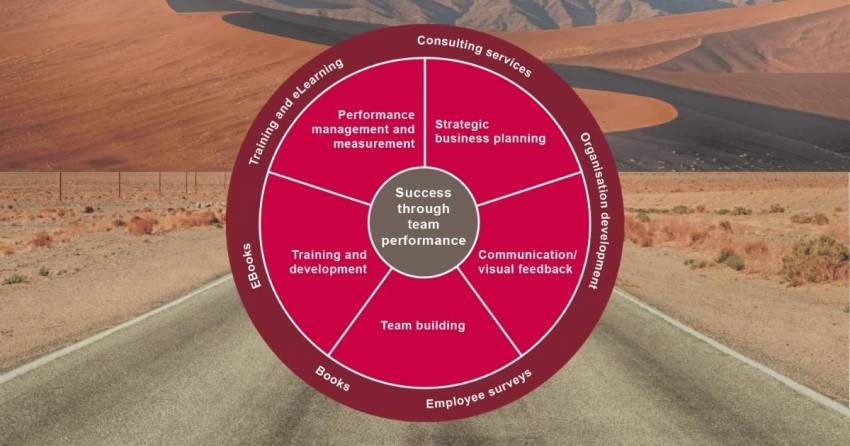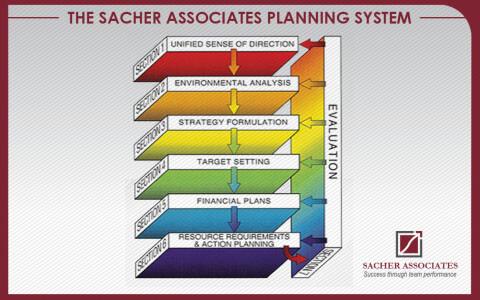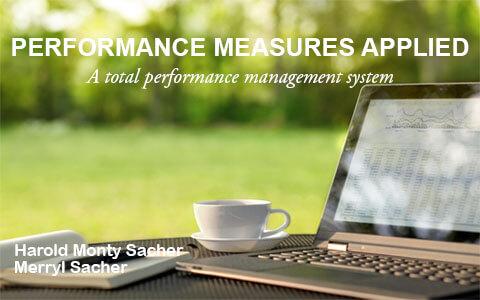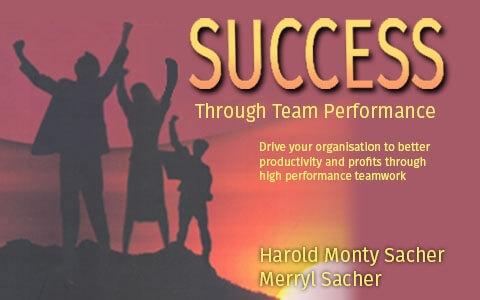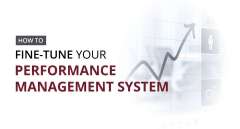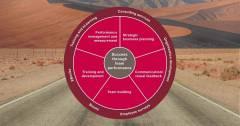If each part of a system, considered separately, is made to operate as efficiently as possible, the system as a whole will not operate as effectively as possible.
Russell Ackoff
It is very easy to lose your way on the road to organizational effectiveness. It can be dispiriting to work in an environment that lacks clear direction, coordination, and role clarity. What if the people around you are heading in a different direction? What if there is poor work alignment, either vertically, (with the leaders above you), or horizontally, (with your colleagues)? How can you do a good job and have positive energy with an assortment of obstacles in your way?
Back in the day, running Induction training, I used to ask new recruits to recall their first day of work and how they felt. Without exception they remembered how motivated, positive and enthusiastic they were when they first started out. That was before obstacle after obstacle was placed in their path. I once worked with a team who called themselves “The Hurdlers” because of all the obstacles they said “management” placed in their path. I firmly believe employees do not need or want to be “motivated” because they are already motivated. We just need to remove the obstacles.
There are three initial reasons why individuals and organizations have not yet solved these problems and achieved the levels of organizational performance they desire. The reasons are the absence of a unified sense of direction, misalignment, (both vertical and horizontal), and the removal of obstacles. Progress in these areas will result in motivated employees who enjoy a continuous flow of positive energy and are ready to choose one of the five pathways to organizational excellence.
Organizations are systems that transform inputs into value-added outputs, products or services. As is the case with all systems, work on some part of an organization will affect every other part of that system. Systems are goal-oriented, and order will lead to more order just as more disorder will lead to chaos. Also, if a particular intervention is not aligned with the forces operating within a system, that system will fight, and eventually reject, the intervention in the same way the body mobilises to fight and dispatch any unwanted organism.
There are five pathways to organizational effectiveness. Each pathway is made up of a select combination of the 10 essential components and systems of team performance. However, whichever pathway is chosen, there is no escaping the fact that to optimise organizational effectiveness and total stakeholder satisfaction all 10 components and systems need to be implemented and aligned.
The five pathways to organizational excellence are as follows.
- The first pathway consists of the components of a unified sense of direction and strategy which together form the strategic planning system.
- The second pathway consists of the components of Outputs, Measures and Targets and the performance measurement, performance management and the performance appraisal systems.
- The third pathway contains the components of performance feedback and communication which form what we call the Performance Linked Communication System.
- The fourth pathway contains the components of Skills, Knowledge and Competence organised into the Performance linked Learning System.
- The fifth pathway we call Success through team performance and it consists of the components of, processes, systems, structure and reward and the Technical and Reward systems.
These 10 components and systems and the five pathways are covered in our five core learning courses. They can be presented as stand-alone, self-paced online workshops, or VILT, (Virtual, Instructor-Led Training), or in-house and public workshops. They also form an essential part of the skills knowledge transfer that is integral to all our consulting projects.
The five core courses covering the 10 essential components and systems of team performance and the five pathways are as follows:
Each course is a valuable stand-alone pathway, yet together they form a formidable performance improvement system for gaining sustainable advantage through people. These courses together take a holistic approach recognizing that organizational success cannot be achieved by tinkering with one or other component. Just as in the human body all components are linked, so too in businesses. Within each of the five courses, the easy-to-read modules can stand alone, yet together they form a comprehensive organisation effectiveness system. Each module contains examples, summaries, checklists, glossaries and quality standards. Common pitfalls are analysed and there are case studies. Plus there are easy-to-use guidelines for implementing the performance systems.
More good news is that the technology to deliver measurable and sustained productivity and performance improvement at the unprecedented levels described above is now available. We not only know how to improve productivity we can now do it more productively. Discover our online consulting and learning platform.
TALK TO US ABOUT HOW WE CAN HELP YOUR BUSINESS
Book an obligation free clarity call to discuss our programs and your requirements.
Online Access, on our Learning Management System, or yours, to all five Sacher Associates courses:
- A Commonsense Approach to Business Planning
- Performance Measures Applied
- Performance Linked Communication
- Success Through Team Performance
- Performance Linked Learning
Discover how we can help your business increase productivity and improve performance:
- Discussion on consulting requirements
- Diagnostic review of your company
- Multiple User Access
- Access to Sacher Associates exclusive closed Facebook Group
- Customised courses and delivery solutions


